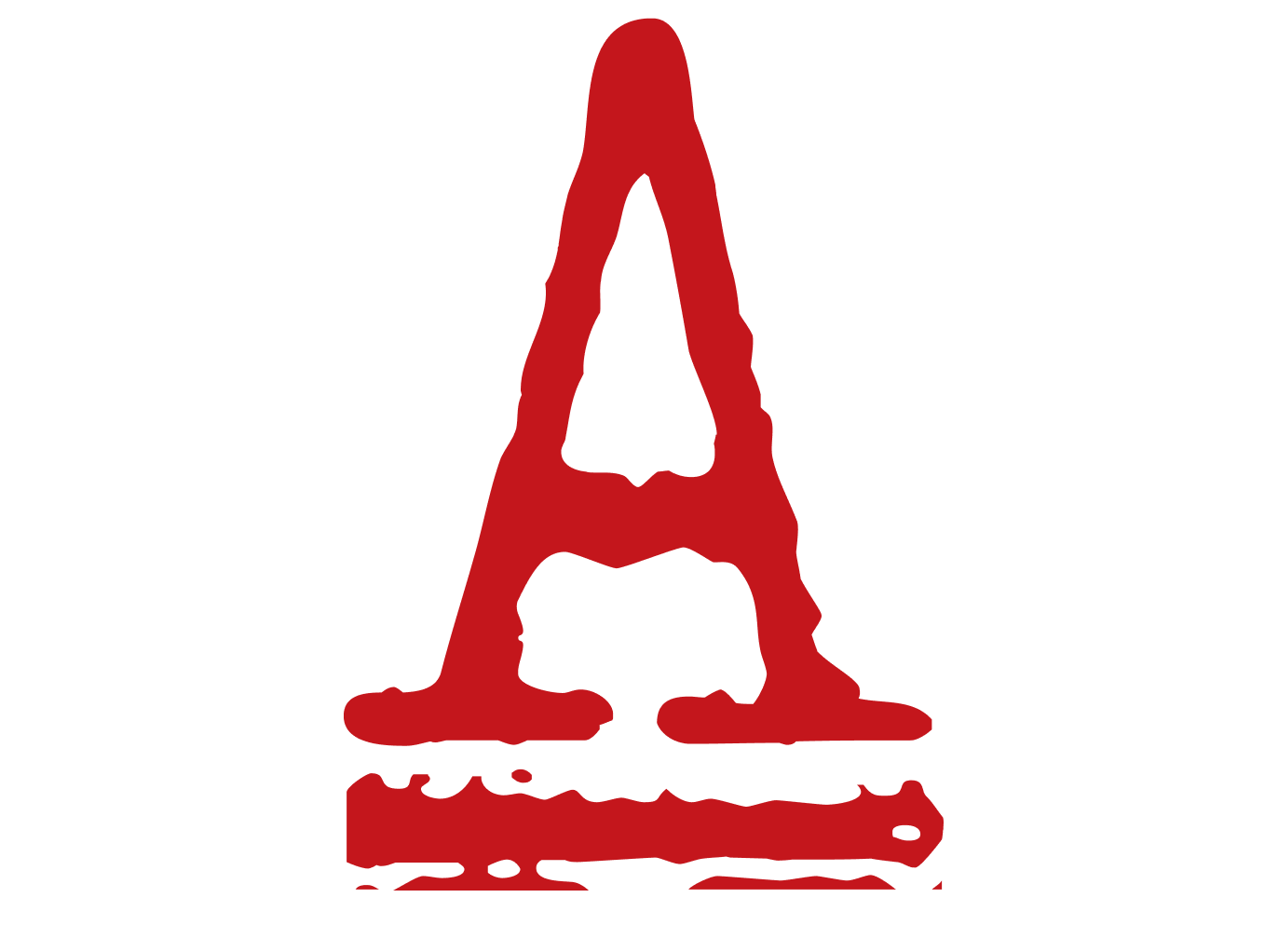A large collection of the radical anarchist 1960s painter Jean-Jacques Lebel and of 16th- and 17th-century masters documenting the social life of their time seems to create a cross dialogue among people, time, and place. “It’s interesting to see that the way [Lebel] envisioned art is related to the way other artists in that gallery envisioned their own work. To me it’s not an intellectualism of a curator; on the contrary, when I saw visitors reacting, they didn’t see it as intellectual at all. They thought it was fun. They thought it was challenging—and in a way that woke them up from this kind of usual [path] of going through museums century by century . . . and getting bored.”

